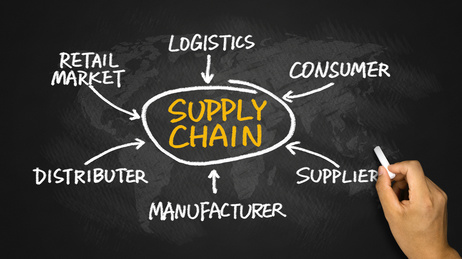There is extreme volatility in today’s end-to-end supply chain. To be successful, you need a resilient supply chain. Are you keeping up with all the changes? For example, think about the following:
- Tariffs & trade impacts
- Data & security breaches
- The Amazon Effect
- New technologies such as 3D printing
- Natural disasters, port strikes and more
The Resilient Supply Chain
Instead of allowing each of these incidents to impact you, we must create a resilient supply chain. Are you proactively thinking about these topics?
- Agility– Instead of seeing agile as an IT or project management concept, we should be thinking about how to incorporate agility into every step / every piece of our end-to-end supply chain. If a customer changes his mind, are we flexible enough to handle it?
- Speed – Is your supply chain set up for speed? Customers are unwilling to wait. I’ve found that I’m unwilling to wait anymore. If I wait for a trusted advisor, service provider, subcontractor or even a client, it delays LMA Consulting. For us to be on the leading edge with clients, we must be ahead of the curve; not waiting for something that will be obsolete before we get it! That is one thing we appreciate about our webmaster; he is speedy and understands priorities which is how we are able to announce a major content upgrade (thanks Scott).
- Predictive – In today’s complex world, we must also be predictive so that we are prepared from an 80/20 standpoint for the most likely unexpected events, trends and bumps in the road. Thinking three steps ahead can go a long way in creating resilience.
- Collaborative – One of key components to creating a resilient supply chain with multiple partners is to collaborate. There is no time to establish relationships and find ways to navigate volatility together if you haven’t already set a collaborative tone.
- Adaptive team – No doubt; the core to resilience is having an adaptive team where each members understands where he/she is headed and feels empowered to handle obstacles as they arise.
Have you thought about each interrelated partner, piece or parameter in your end-to-end supply chain? How can you set it up to be resilient?



